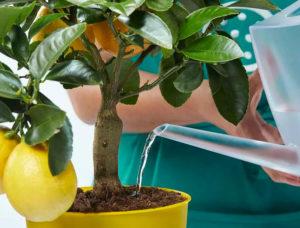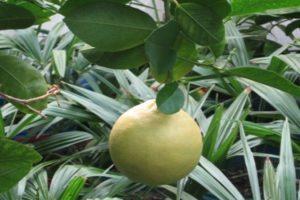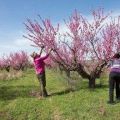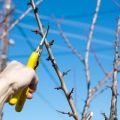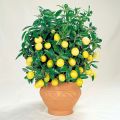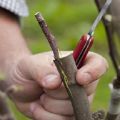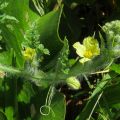How to properly pinch a tangerine tree at home
The light scent of tangerines creates a mood, reminds of childhood, brings New Year to the house. Growing this plant, unusual for the Middle Lane, you can swim in a gentle cloud of subtle aroma constantly, create a unique aura of comfort and well-being. However, like all citrus fruits, it requires attention and care. It is important to know the features of watering, how to pinch, prune the tangerine tree, when to transplant.
Why pinch tangerines?
On the windowsills, in the rooms, on the veranda, single-barreled cultures often, instead of comfort, create a feeling of loneliness. Sometimes they just don't have enough space. Considering that a full-fledged tree growing on the southern plantations of the world can reach four meters in height, they are trying to limit the growth of its length at home.
Indoor tangerines are best shaped like low bushes that form beautiful crowns. This will help the plant to develop without focusing on one direction, make it look attractive, and free it from dried "bald" twigs.
Trim the tips of the tops, remove the twigs growing inward, thin out very dense areas, experienced gardeners also recommend for the normal formation of ovaries, and then ripening of the fruit.
They also try to pinch the excess and early buds so that the plant can develop evenly, giving each of its particles vitality and energy.
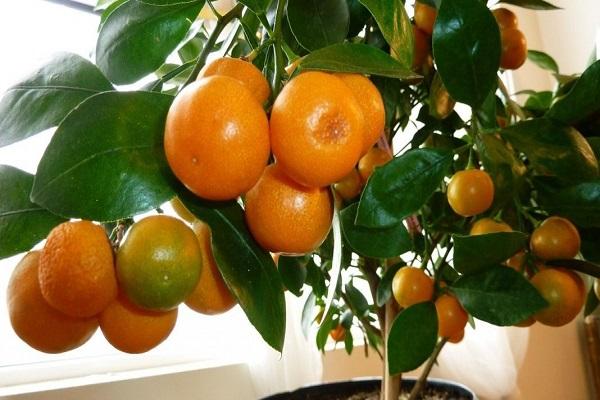
Required tools
Before proceeding with the operation, it is better to prepare and disinfect the instruments in advance.
Opt for garden shears, pruning shears, or a sharp budding knife.
The important components of the process are the means for treating the open wound of the plant (garden pitch, tree resin, paint on natural linseed oil).

Timing of pruning a tangerine tree
It is advisable to prune at home in late February, early March, when the plant is actively growing and developing.
However, the procedure is sometimes carried out in the fall. At the same time, artificial lighting is added as much as possible.
The first pinching is performed when the mandarin releases the fourth, fifth or sixth leaves. At this moment, the tree already reaches twenty to forty centimeters.
On each new branch, after the appearance of the fourth leaf, the tips are removed.
The crown is formed for the first three to four years. Then the process continues, but not so often.
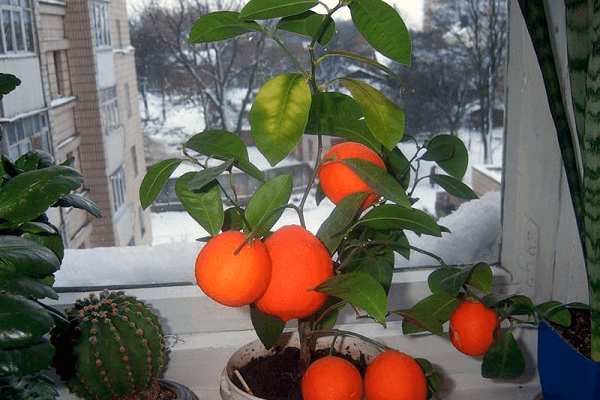
Mandarin pruning technology
After the appearance of the fourth leaf, the owner of the room exotic, engaged in the formation of the crown, tries to carefully remove, cutting off above the bud, part of the twig stretching upward.The wound is treated with garden varnish or tree resin, covered with plastic wrap or tape. Allow the cut to tighten. As a rule, the plant is not touched for three to four weeks. Then the film is removed.
Together with the extra length from the tree, strong shoots are removed, growing from the very root, taking away strength from the rest of the plant.
Branches directed inward of the crown or strongly inclined to the side or downward are also tried to be cut so that the tangerine does not look neglected.
A month later, new shoots are carefully examined. Weak branches are removed. Stronger ones are left so that the plant develops further correctly.
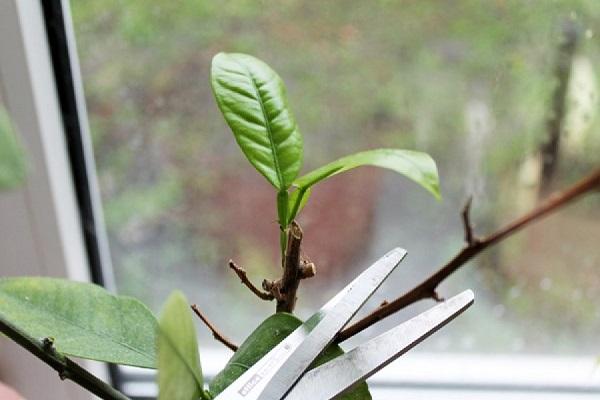
To open or close the crown (with highly spreading branches), a cut to the bud is used, taking into account the rule of choosing an external or internal bud, respectively.
The main trunk is subjected to pinching, pruning. Three or four branches are left from the side branches.
Further care
In summer, the tangerine is taken out onto the veranda, trying to provide him with the opportunity to bask in the gentle rays of the sun. Watering is done carefully so that drops do not fall on the flowers, twice a day. Top dressing is added periodically.
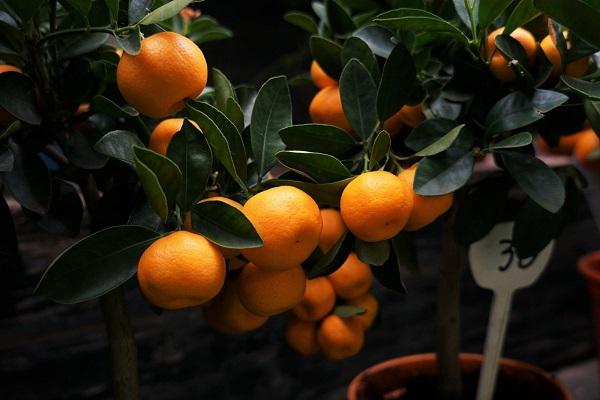
In the colder, winter period, the plant is transferred to a room with a temperature of twelve to sixteen degrees, allowing it to rest. This is the dormant time for the tree. Water it twice a week. Top dressing is not done.
As the mandarin grows, it is transplanted, giving it a looser pot that matches the size. This is done by the transfer method. If it is impossible to transplant, the soil is updated by two-thirds.
First-year plants sometimes produce buds. They are carefully removed so as not to waste the strength of the tree. If necessary, part of the ovaries is left.
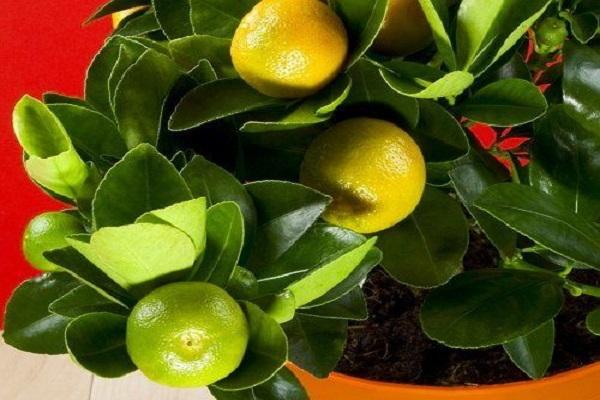
Initially, the tangerine tree is positioned in such a way that it receives enough light, but cannot burn and shed its leaves.
Pinching the ends of the shoots, pruning the upper part of the tangerine, together with watering and feeding appropriate for the season, allows you to create a beautiful strong tree-bush, pleasing not only the eyes turned to it, but also bearing tasty fragrant fruits.
